Dogs
Shutterstock
Animal shelters are emptying these days as people rush to get a dog—a source of comfort and companionship as we shelter from the COVID-19 virus. And though all dogs breeds, from a teacup Chihuahua to the massive Great Dane, can ultimately trace their origins back to a common wild ancestor—the wolf (Canis lupus)—today there are over 200 breeds of dog (Canis familiaris) to choose from! How did that happen? The process that brought us this exuberant variety is the result of domestication. Unfortunately, we don’t know exactly when or where it began. It may have started as long ago as 40,000 years, or as recently as 15,000. What we know for certain is that the dog was the first animal that humans domesticated.
SO HOW DID WE DO IT?
There are two theories. One is the tame wolf pup theory: domestication controlled by humans. We took wolf pups from their den and raised them ourselves. Then we bred those that showed traits, such as gentleness and attachment to humans, that we wanted to preserve. The garbage heap/scavenger theory is number two, and involves a two-way process. In scavenging the remains of our food, some wolves may gradually have lost their fear or wariness of humans, and vice versa.
WHAT WAS THE DOG'S FIRST JOB?
The earliest domesticated dogs probably helped us hunt, and shared the kill. But humans soon realized that these canines could also fulfill a wide variety of other jobs in our lives: protection, herding, even transportation.
Wikimedia Commons
Some breeds were used for their hair or wool, some for food, and many for the role they fulfill most frequently in the modern world: companionship.
SNIFFING OUT THE EVIDENCE. EARLY HUMAN-CANINE BONDING.
We don’t know when dogs shifted from fulfilling a purely utilitarian place in our lives to an emotional one. The idea of human-dog companionship and affection is something that is difficult to identify in the archaeological record, but from a very early period there are hints of a human-dog connection beyond merely hunting.The earliest archaeological evidence of an emotional canine-human bond is the Ain Mallaha Burial: the grave of a little dog with an older human. This burial dates to between 9750 and 9350 BCE and belongs to the Natufian culture in what is now Northern Israel. What makes this find so intriguing is placement: the puppy lies under the left hand of the human, showing that they were intentionally buried touching each other. Could we conjecture an emotional as well as a physical connection? The puppy could also have serve a ritual or spiritual purpose, as dogs may have been thought of as sacred or as guides in the afterlife.To find more firm evidence for the existence of pet dogs, we need to jump to the Classical world. The Yasmina Dog Skeleton comes from a necropolis in the city of Carthage (in modern Tunisia), and dates to the third century CE. It was found in the grave of a ten- to 15-year-old child. This tiny canine―a toy breed―closely resembles today’s Maltese breed, and was 15 to 18 years old when it died. Since it was placed at the child’s foot, we think the child grew up with this dog. Its skeleton tells us a lot: by the time it died, it was missing most of its teeth and suffered from severe osteoarthritis. The dog probably lived with those conditions for many years, and therefore must have received special care from its owners as a cherished and pampered pet
Wikipedia
There are many Roman Empire Dog Tombstones. In epitaphs found on the stones, dogs are named and praised for human-like qualities. (We call this anthropomorphism.) Sometimes a carved image of the dog is included as well. These tombstones would have been expensive and they highlight the treasured place these dogs held in the lives of their humans.
Getty Museum
Here’s another headstone with a touching epitaph. It was made for a hunting dog named Margarita—'Pearl'—who became a treasured companion to her owners. It lovingly describes her life sleeping by the fire and enjoying treats from the table as a cherished pet and family member.
Margarita Epitaph, Trustees of the British Museum
TODAY’S DOGS
As dogs continue to evolve, and perhaps co-evolve with humans, let’s not forget that our bond with them fulfills important roles for us. Touching stories of canine loyalty and affection abound. Hachiko, the Japanese Akita, is honored as a canine hero for his extreme devotion to his owner, Hidesaburo Ueno. Ueno took the train home from work every day, and Hachiko always waited for him at Shibuya station in Tokyo. Sadly, Ueno died at work one day in 1925 and never came home again. But Hachiko continued to wait at the station every day, until his own death 10 years later on May 21, 1935. Hachiko was buried next to his beloved owner, and a statue of Hachiko was placed at Shibuya station. The dog is honored every year with a remembrance ceremony at the station.
Wikimedia Commons. Hachiko at Shibuya Station
More recently, a Greek street dog named Loukanikos (“Sausage") became an international folk hero. At the height of a devastating economic crisis in which many people lost their jobs as well as their trust in the government, Loukanikos joined protestors on the front lines of the anti-austerity marches, facing down riot police and tear gas alongside the humans. His constant presence and support of the protesters became a symbol of Greek freedom and free will. In 2011 he was named one of Time magazine’s most influential “people" of the year.
Wikimedia Commons
Wikimedia Commons
You can find more about the story of Loukanikos, at these links: http://content.time.com/time/photogallery/0,29307,2102191_2327703,00.html https://www.pappaspost.com/loukanikos-protest-dog-one-time-magazines-100-influential-people-2011-passed/. Loukianikos even has his own “Wiki” page: https://en.wikipedia.org/wiki/Loukanikos
Whether street dogs, boon companions, hunting partners, or pampered pets, Canis familiaris in all his varieties is one of the creatures that has eased and enriched the lives of us grateful humans.
―Carolyn Willekes, PhD








